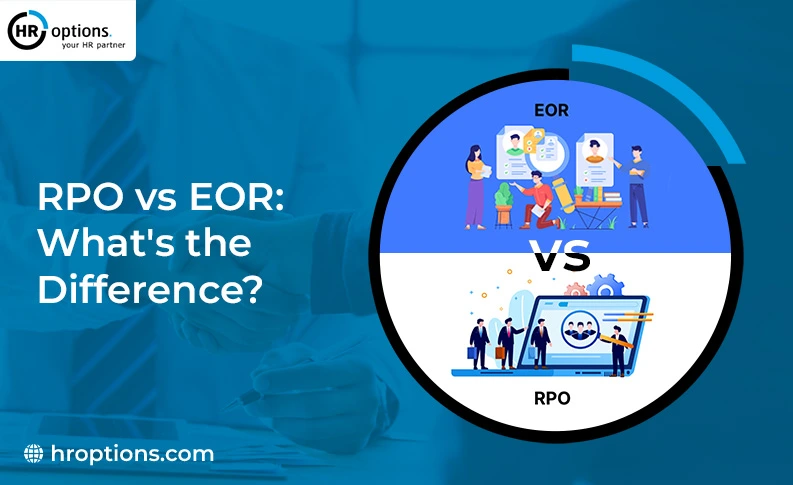WORKPLACE TRENDS #6: CUT HEALTHCARE COSTS OR CUT EMPLOYEES?
 Kirk Herring
Kirk Herring
HR Project Manager | Sr. Recruiter
Since the Affordable Care Act (ACA) (Obamacare), went into effect, employers, citizens, and health care providers began the long process of unraveling the intricacies of ACA. According to the CDC, the rate of uninsured adults has dropped to 9.2%. The ACA is a transformative law that is constantly changing. So although the individual mandate for persons with no health care coverage began on January 1, 2014, the employer mandate was eased in, with full implementation beginning January 1, 2016.
WHAT THIS MEANS TO EMPLOYERS
In the most basic of terms, employers with 50 to 99 employees are required to provide full-time employees, and their children up to age 26, access to health care coverage, and 95% of companies with 100 or more employees have to do the same. These health plans must cover at least 60% of allowable medical costs, and the cost of the plan to the employee cannot be higher than 9.5% of the employees’ modified adjusted gross income (MAGI). If the cost of coverage exceeds the MAGI, then employers must provide a subsidy to cover the cost difference. If employers don’t adhere to these rules, they could face up to a $3,000 fine per noncompliant employee. Also, health care providers across the spectrum are petitioning to raise their premium rates as high as 35% – making the MAGI threshold a virtual impossibility to many employers. One consequence could be that companies lay-off workers to save money, and hire freelancers and independent consultants over full-time employees. In order to remain profitable and please the shareholders, companies will have to balance cost, talent, and public perception.
HOW TO KEEP COSTS DOWN
It is inevitable that many small and mid-sized companies are going to have to cut costs or find ways to levelize their health care costs. Here are three ways employers can do this, without necessarily jeopardizing their reputation and integrity with current talent and company ownership.
Move Employees to a Private Health Exchange (PHE) – A PHE is essentially a private business operated by brokers or insurers to sell insurance products to consumers through an online product. Rather than providing traditional health insurance to its employees, employers provide an annual subsidy to their full-time employees to shop on their own for health insurance. This is essentially a private network where employees shop on a presumably transparent exchange for the plan that best fits them. The subsidy goes towards paying the premium cost, and in many cases the employee kicks in their own money for plans with top-tier coverage. This transfers all the financial risk to the insurer, not the company. One company that successfully used this structure is UK based Aon. According to their 2015 data, health-premium costs for their commercial clients rose by just 2.6%, compared to non-private network cost increases of up to 8%.

Narrow the Field – Another solution is to considerably pare down your preferred network choices. Although this might not sound like a good thing, there could be great advantages for employees if business narrow the proposed plan field. Keep in mind that physicians are adjusting to this new law right along with consumers. Many physicians aren’t accepting ACA patients for fear that they won’t be paid for services rendered. Yet the physicians who are accepting ACA health insurance could be more willing to negotiate a great deal for your employees – leading to a cost savings for everyone. A 2014 study from the National Bureau of Economic Research indicates that a large portion of employees who were incentivized to go on a narrow network plan actually saved money, had better access to their primary care physician, and were less likely to go to the emergency room.
Cut Jobs or Hours – Eliminating jobs is a pretty sure way of reducing costs, but dismissing a significant portion of your workforce could put you at a perception disadvantage when the US economy is currently firing on all cylinders. Not only could this bring your company a wave of bad PR, but the additional workload added to the remaining employees could lead to additional attrition as employees feel overworked and underappreciated. A more subtle way of getting around the ACA is to simply cut work hours. According to the ACA, businesses with 50 or more employees aren’t required to provide any health coverage for part-time employees who average less than 30 hours a week. Could this also be a PR nightmare? – Yes, but cutting hours could be less damaging that cutting employees.

For over 35 years, HR Options® has provided highly personalized solutions aimed at identifying and filling supplemental human resource needs for clients throughout the U.S. and Canada. Whether augmenting your HR department or serving as a complete outsourced solution, our suite of services and experienced professionals will help you navigate through complex and ever-evolving employment regulations in the US and Canada.







